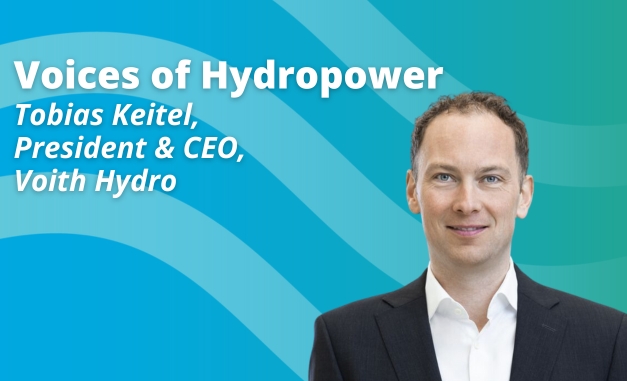Bhutan and hydropower: can public happiness drive policy?
For those of you planning on flying into Bhutan, don’t watch this – I hadn’t when I flew in and am grateful that I did not.
My ‘agitation’ lasted around five spine-straightening, everything-clutching minutes from when the plane unexpectedly started banking sharply to port into a mountain, until it stopped at the end of a runway after screeching in for a top-speed landing.

Once you recover from the landing and get over the platitudes of 'gross domestic happiness' (for those not in the know, the country does not measure GDP, but rather the gross happiness of its citizens, based on the tenants of good governance, sustainable socio-economic development, cultural preservation and environmental conservation) you quickly realise that there is some substance, from a hydro perspective, behind the rhetoric.
The country has an installed capacity of 1,489 MW. Out of this, the country has – well ahead of planned timing – achieved a 99-per-cent plus electrification rate, and runs almost exclusively on hydro (there is some solar in remote communities).
Besides this, hydro currently provides 50 per cent of the country’s national revenue from sale of excess capacity in the grid to India. This is despite the fact that all current installed capacity is delivered from run-of-river projects.
But that is the least of it. The country has forecast its energy requirements, and besides shortfalls in firm demand (a result of the run-of-river nature of current capacity) for the next three years, which is offset through energy exchanges with India from excess from her thermal plants in winter, the country will deliver on the energy requirements of its population into the foreseeable future.
Its current installed capacity has been delivered largely through a strategic alliance with India. The first projects were funded substantively through grants, with a small element of loan attached. This model has evolved into primarily loan-based finance, linked to bilateral agreements in terms of which India has agreed to purchase excess power on a cost-plus basis. As we speak, this model is still evolving to include public–private partnership arrangements.
The partnership continues to grow. Under an initial umbrella agreement, Bhutan agreed to deliver 5,000 MW to India, a figure that subsequently grew to 10,000 MW. The Bhutanese are well on the way to delivering on this commitment, with 10,800 MW under various stages of development and approval by both governments.
The government recognises that as it develops it hydro potential, it will increasingly have to deal with the impacts, and there is an open and engaged dialogue on how to address some of the common challenges facing hydro nations worldwide"
And this has not happened in a vacuum. A hydro masterplan developed in 1992–93 through assistance from the Norwegian government has ranked the top ten projects out of an economically feasible 25,000 MW potential across 76 identified projects, and the projects included in the umbrella agreement are chosen from the top-ranking projects in the masterplan. The masterplan itself has been through two updates in the intervening period.
I came to be in Bhutan after a dialogue almost two years ago with Lhaba Tshering of the Gross National Happiness Commisson. The commission was exploring a broad multi-sectoral discussion on its hydro development, came across the IHA website and subsequently the Hydropower Sustainability Assessment Protocol (more here), and wanted it included in the discussion.
While we were not able to bring together an initial workshop on the tool, we kept in contact with the end result this workshop in Thimphu, the capital, supported by WWF and Norad.
The government recognises that as it develops it hydro potential, it will increasingly have to deal with the impacts of the development of those projects, and there is an open and engaged dialogue on how to address some of the common challenges facing hydro nations worldwide – how to accommodate development with environmental preservation, how to tackle some of the enduring challenges around individual projects, like fish passage and flow regimes.
This all being debated in the context of a public that by and large wholeheartedly supports hydropower and recognises its benefits. With this is a willingness to engage with tools like the protocol to continuously improve the sustainability of project development, and I expect this conversation to be ongoing and fruitful.
You don’t hear much about hydro as a success story, but Bhutan provides a great example. Government policy is driven by the happiness of its people. Hydropower is a key means of delivering this, not only providing almost all the energy required by its citizens and industry, but contributing more than half of its income. And all within the paradigm of a policy driven by sustainable futures.
All in all a great story, and great example is using hydro in a regional context to deliver local benefits (without even touching on the significant benefits, climate change and otherwise, enjoyed by India in the process).
Now, on a more prosaic level, I personally think that job titles including the word ‘sustainability’ are pretty ok. ‘Sustainability specialist’ is pretty good, and a personal favourite remains ‘sustainability director’. But from a nation that ranks pretty high in the cool stakes, ‘national happiness commissioner’ takes some beating!
And by the way, the take-off is as much fun as the landing!










